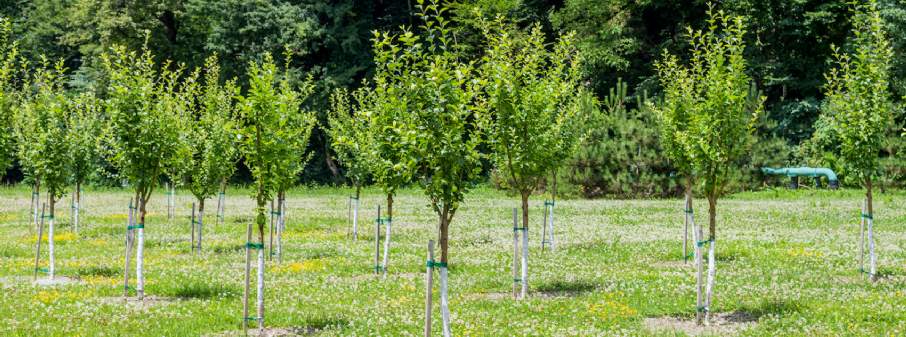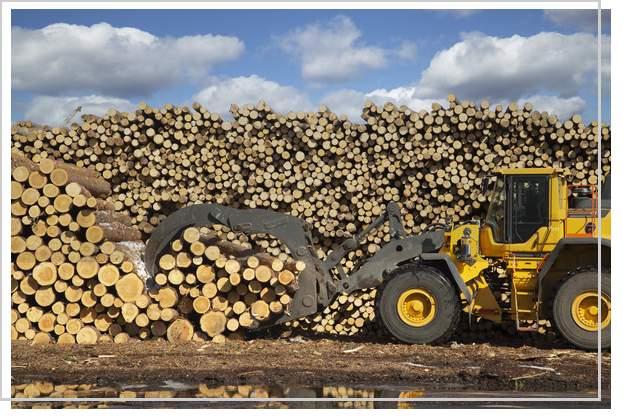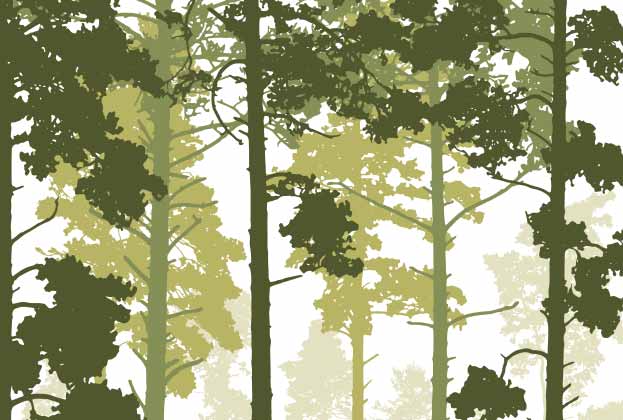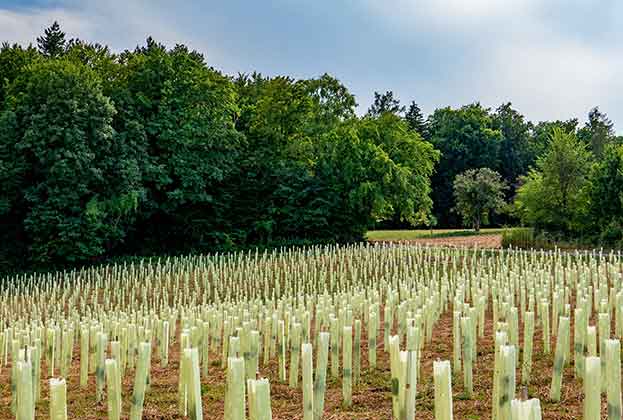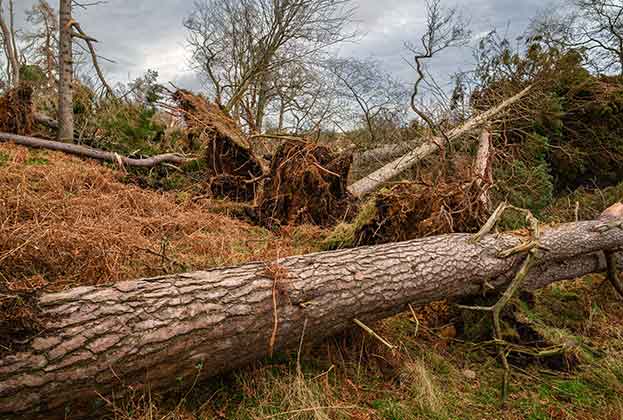Clear skies, fresh air and abundant wildlife – nature’s revival has been heralded as one silver lining of the coronavirus pandemic. As economies have halted, the climate-defining emissions that come with unsustainable economic growth have plummeted. Research suggests that the world’s CO2 emissions will fall by 8 per cent this year. That would be the largest drop in emissions ever recorded – six times greater than the impact of the 2008 financial crisis.
The pandemic has highlighted that a symbiotic recovery of nature and resilience to climate change is possible. It has strengthened the case for nature-based solutions within the UK Government’s (legally committed) race to reach net zero emissions by 2050.
Woodland creation is a well-known natural solution for increasing carbon sequestration and reducing climate change. Globally, the volume of forestry offsets increased 264 per cent between 2016 and 2018. The domestic woodland carbon market is in its infancy, but with increasing offsetting demand from multinational companies, the market for offsetting deals between emitters and land managers looks set to expand.
Putting a value on woodland carbon depends on quantifying carbon sequestration which is no easy task as there are so many determining factors. The type of tree, its age, location, soil type, stocking density and management all alter the quantity of carbon sequestered. Therefore rigorous assurance standards are required to verify that a forestry project is successfully absorbing additional carbon.
Within the UK, the Government-recognised standard for Woodland Carbon Units is called the Woodland Carbon Code. There are 266 projects currently verified under the code, with a projected carbon sequestration of 6.2 million tonnes of CO2 over 100 years.
The Government is directly promoting afforestation for carbon sequestration through its £50 million Woodland Carbon Guarantee (WCaG). The scheme is held as an online auction– the first took place in February 2020; the second is due in June 2020. The WCaG provides successful applicants with the option to sell verified Woodland Carbon Units (WCUs) to the Government for a guaranteed price every five or 10 years up to 2055/56. The option to sell credits on the open market will also be available. The average price paid per WCU (one tonne of carbon) for the first auction was £24.11. However, this is not a firm indicator of value as the WCaG is a market discovery tool and prices will change in the future.
Through the WCaG the Government wants to stimulate the private woodland carbon market and reach its target of tripling UK annual tree planting rates by 2025.
The demand for woodland carbon and its potential offsetting income streams strengthen an already growing forestry market. Our research shows that there has been a 25 per cent increase in value per net productive hectare of forestry in the UK in the last year. The recent performance of the asset class, paired with its environmental benefits, makes forestry an increasingly attractive investment.
However, planting more trees is not a silver bullet solution. It is important to be aware of the barriers to planting. The nursery stock of tree saplings is limited and the planning process for woodland creation is time intensive. Once approved, woodland cannot be reverted to farmland which often deters farmers. Finally, there is a limited area within the UK that is suitable for tree planting - it is important not to compromise other biodiverse habitats in the name of reaching tree planting targets. Planting must be undertaken at the right place and time and with the help of professional advice.
Clearly carbon sequestration through nature-based solutions such as planting trees will be essential in the path to reaching net zero emissions. The Government now has the colossal task of pulling our pandemic-stricken economy out of the depths of recession.
Exactly how it does this will redefine the political economy for the rest of this century. Will the Government use this post-pandemic opportunity to cleanly and greenly restructure, promoting a resilient recovery to a new zero carbon economy? Or will it simply be business as usual?
Further information
